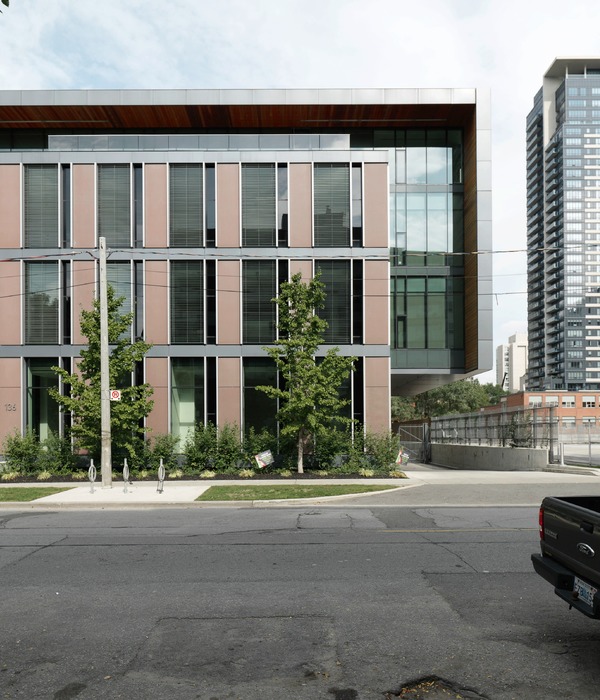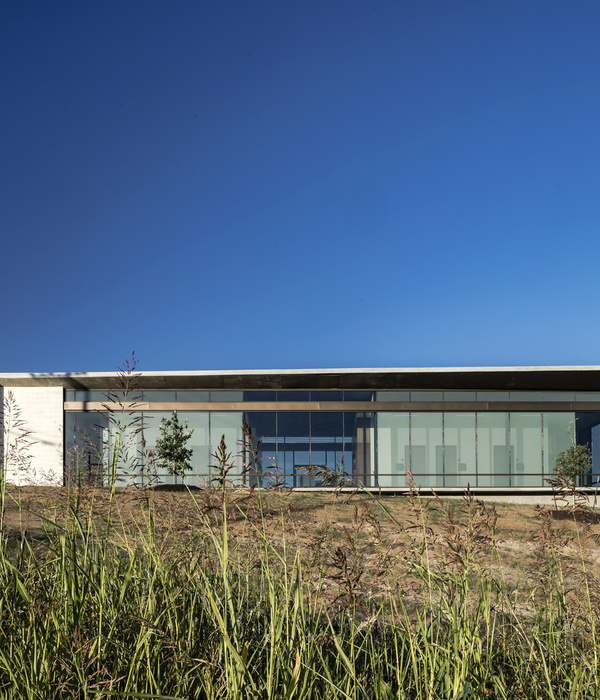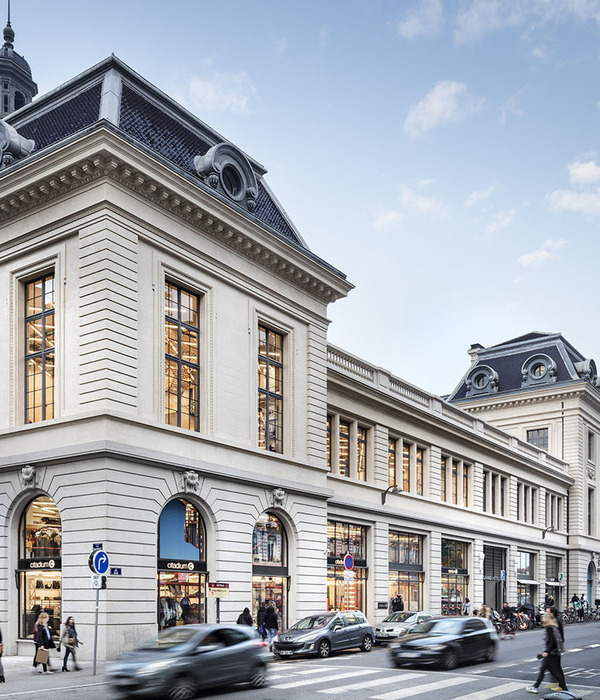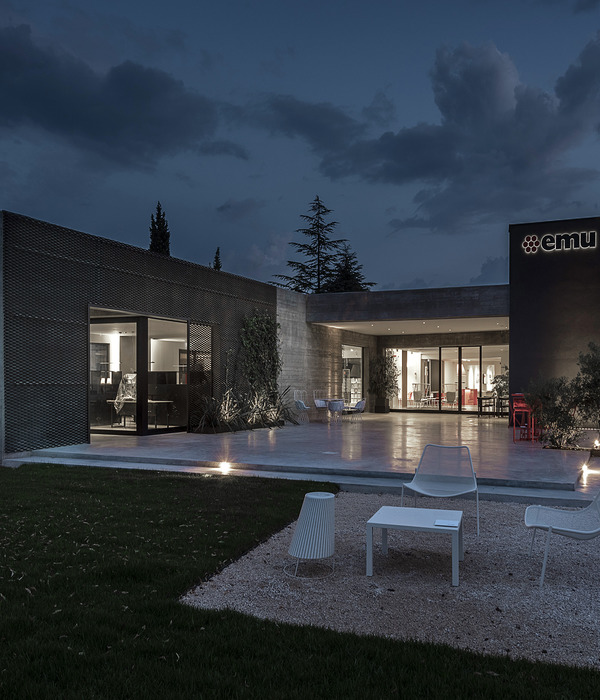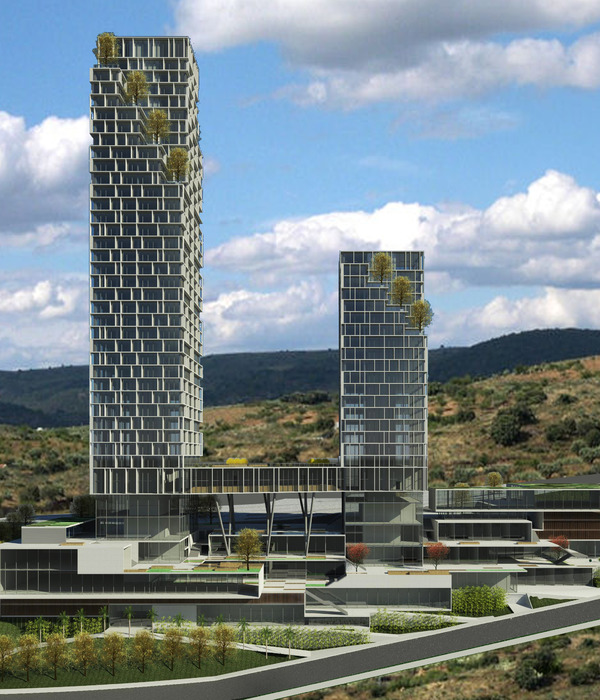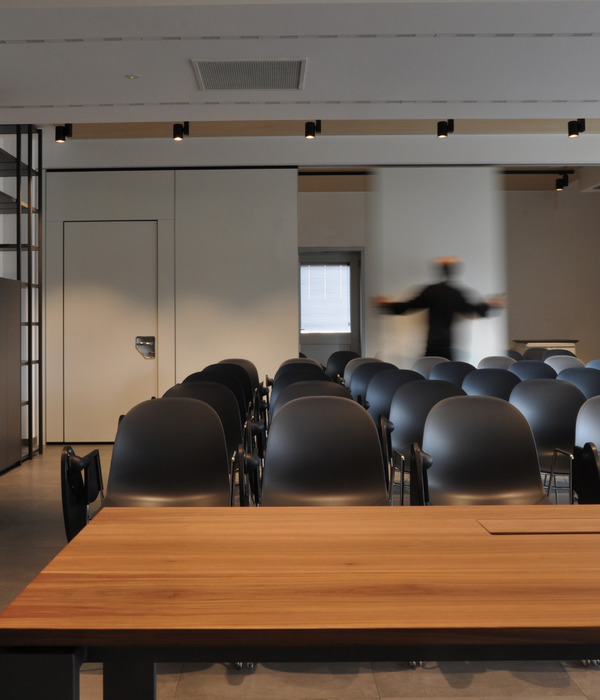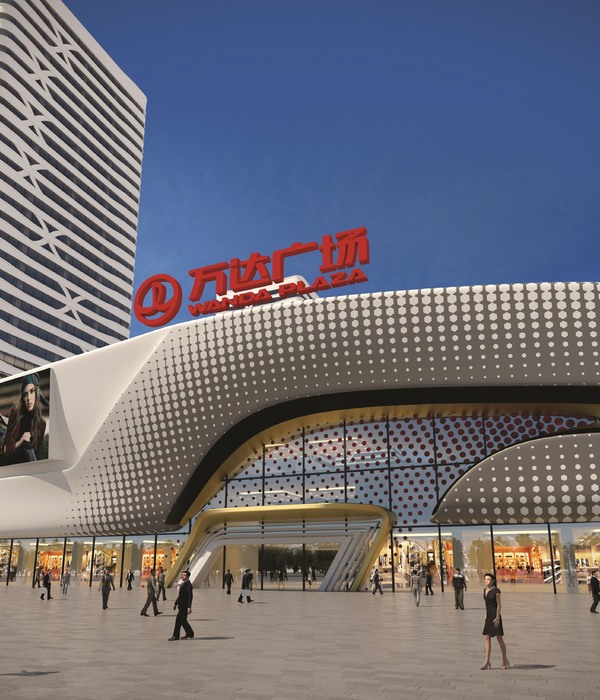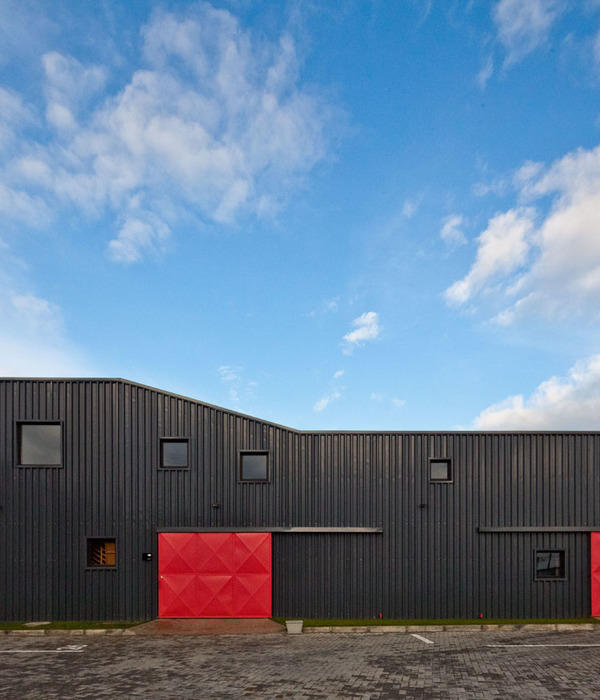Two arms were arranged perpendicular to each other. On one side, a wing that houses a common area, services, and the master bedroom was positioned parallel to Lake Ranco and the mountain range, while the other wing, which houses four bedrooms and three bathrooms, was placed against it, forming a "T" shaped floor plan.
The intention was to create a restrained, non-invasive, and subtly present architecture. To achieve this, three operations were carried out.
First, the roof was designed with the highest point at the intersection of the two wings, while its height decreases towards the ends.
Secondly, the openings were conceived within pre-framed metal plates, so that they would have a certain autonomy from the walls and become features that not only contain functional windows for the interior spaces but also occasionally become composite features of several windows that cross from side to side, revealing the rhythm of the structure and responding to a larger scale.
Lastly, the house was situated on stone walls that emerged from the ground and, while still being part of the landscaping, became part of its base.
{{item.text_origin}}

